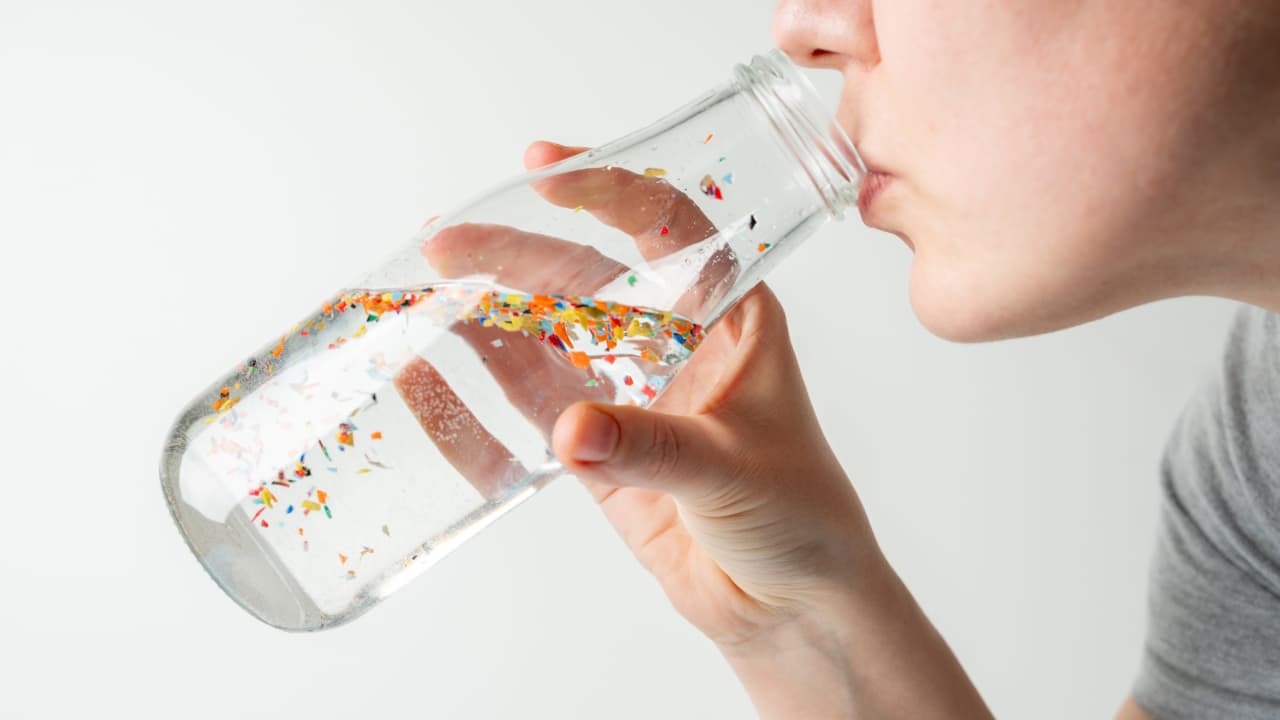Microplastics found in food, water, and the body may directly worsen atherosclerosis. A new study shows realistic exposures sharply increased plaque in male mice by harming artery-lining cells and triggering inflammation-related genes.
A new study from the University of California, Riverside warns that microplastics—now found in food, water, and even human tissues—may be doing far more damage to the heart and arteries than previously understood. Researchers found that everyday exposures can directly worsen atherosclerosis, and the effect appears far more severe in males.
Tiny Plastics, Big Cardiovascular Consequences
Microplastics come from packaging, clothing fibers, and common plastics that break down into particles small enough to enter food and water. Although previous studies detected microplastics inside human arterial plaques, it wasn’t known whether these particles actively cause harm.
This study provides strong evidence that they can. In mice exposed to realistic daily doses, microplastics intensified plaque buildup in major arteries—even without changes in weight or cholesterol.
Male Mice Experienced Extreme Plaque Growth
Using a standard heart disease model, researchers found that male mice exposed to microplastics developed dramatically more arterial plaque:
- 63% increase in the aortic root
- 624% increase in the brachiocephalic artery
Female mice, exposed to the same conditions, showed almost no progression—hinting at a sex-specific vulnerability.
Scientists suspect biological differences such as hormones or sex chromosomes may explain why male arteries respond more severely.
Microplastics Disrupt the Cells That Protect Arteries
Single-cell RNA sequencing revealed that microplastics altered many vascular cell types—especially endothelial cells, which line blood vessels and regulate inflammation.
These cells showed harmful gene activation patterns linked to plaque formation, similar to responses seen in human samples containing microplastics.
Fluorescent particles were even found embedded inside plaques and the endothelial layer, showing that microplastics can physically lodge in blood vessels.
Reducing Exposure Is Currently the Only Defense
Because there is no known way to remove microplastics from the body, scientists urge reducing exposure through:
- avoiding single-use plastics
- using glass or metal containers
- reducing processed foods
- filtering drinking water
Maintaining heart health through exercise, diet, and risk-factor control remains essential.
What Comes Next?
The researchers now plan to examine whether humans show similar sex-specific risks and how different microplastic types affect arteries. With global microplastic pollution rising, understanding their long-term impact on heart disease has become increasingly urgent.
